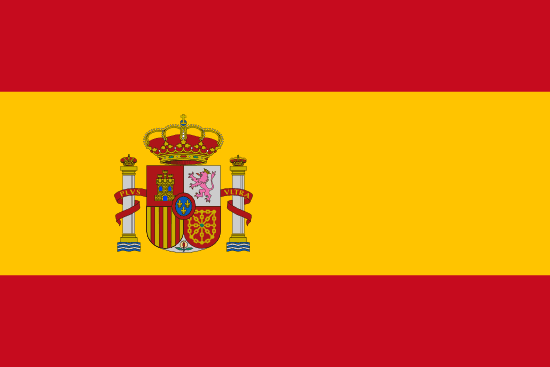"Toledo, la ciudad de las tres culturas | Toledo, the city of three cultures"
About:
Toledo, Ohio, was founded in 1833 on the west bank of the Maumee River. It grew rapidly as a result of the Miami and Erie Canal's completion in 1845. Toledo's location at the intersection of multiple transportation routes contributed to its development as a significant trade hub. The city's economy expanded with industries such as glass and auto assembly. Despite economic challenges in the late 20th century, Toledo has been revitalizing through diversification into healthcare and green industries.
When to visit:
Toledo, a historic city in central Spain, attracts visitors year-round with its rich cultural heritage and well-preserved medieval architecture. For those seeking to experience Toledo during a holiday, the best time to visit is during the Holy Week celebrations leading up to Easter. This religious festival is a significant event in Toledo, featuring processions, parades, and traditional performances that showcase the city's deep-rooted traditions. The mild spring weather during this time also makes it pleasant for exploring Toledo's narrow streets, historic sites, and vibrant local markets.
When to avoid:
Traveling to Toledo, Spain during the holiday season can be a challenging experience due to the high influx of tourists and crowds that can overwhelm the city's attractions. Particularly during peak holiday periods such as Easter and Christmas, popular sites like the Alcázar of Toledo and Toledo Cathedral can become extremely crowded, leading to long wait times and limited availability for accommodations. Additionally, prices for accommodations and dining establishments tend to be higher during these peak holiday periods, making it less budget-friendly for travelers. Travelers looking to avoid the crowds and high prices may want to consider visiting Toledo during the off-peak season for a more relaxed and cost-effective experience.
Winter (Dec-Feb)
In Toledo, Ohio, the coldest part of the year is January, with temperatures dipping as low as 18°F. It's also the month with the most snowfall, averaging about 6.8 inches. The days are short and often overcast, with only about 3 hours of sunlight daily. The wettest period is in June, with an average rainfall of 4.15 inches. Visitors can expect cold, cloudy days in winter with snowfall likely, while summer days can be warm and humid, with occasional rain showers and thunderstorms.
Summer (June-August)
In Toledo, Ohio, the warmest part of the year typically spans from June to August, with July being the most heated month. During this period, the average high temperatures range from 80°F (27°C) to 85°F (29°C). The average low temperatures usually fall between 60°F (16°C) to 65°F (18°C).
Rainfall is moderate during these months, with an average of 3 to 4 inches per month. Toledo experiences a fair amount of sunshine with an average of 9 to 10 hours of daylight per day. However, it's not uncommon to have some days with partial cloud cover.
Humidity can be relatively high in the summer, often exceeding 70%, which can make the actual temperatures feel hotter than they are. Cloudiness varies, with some days being clear and others having some degree of cloud cover.
For a visitor, a typical summer day in Toledo would start off mild in the morning, gradually warming up to hot in the afternoon. The humidity might make it feel a bit sticky, especially in the peak afternoon hours. Evenings are usually pleasant, with temperatures cooling down. It's generally a good time for outdoor activities, but it's advisable to carry water, wear sunscreen, and possibly have an umbrella on hand for the occasional summer rain.
Language:
You seem to have made a mistake in your question, as "[object Object]" is not a valid city or country name. However, if you're referring to Toledo, Spain, the primary language spoken is Spanish. If you're referring to Toledo, Ohio in the United States, the most commonly spoken language is English. Please provide more specific details for a more accurate response.




